-
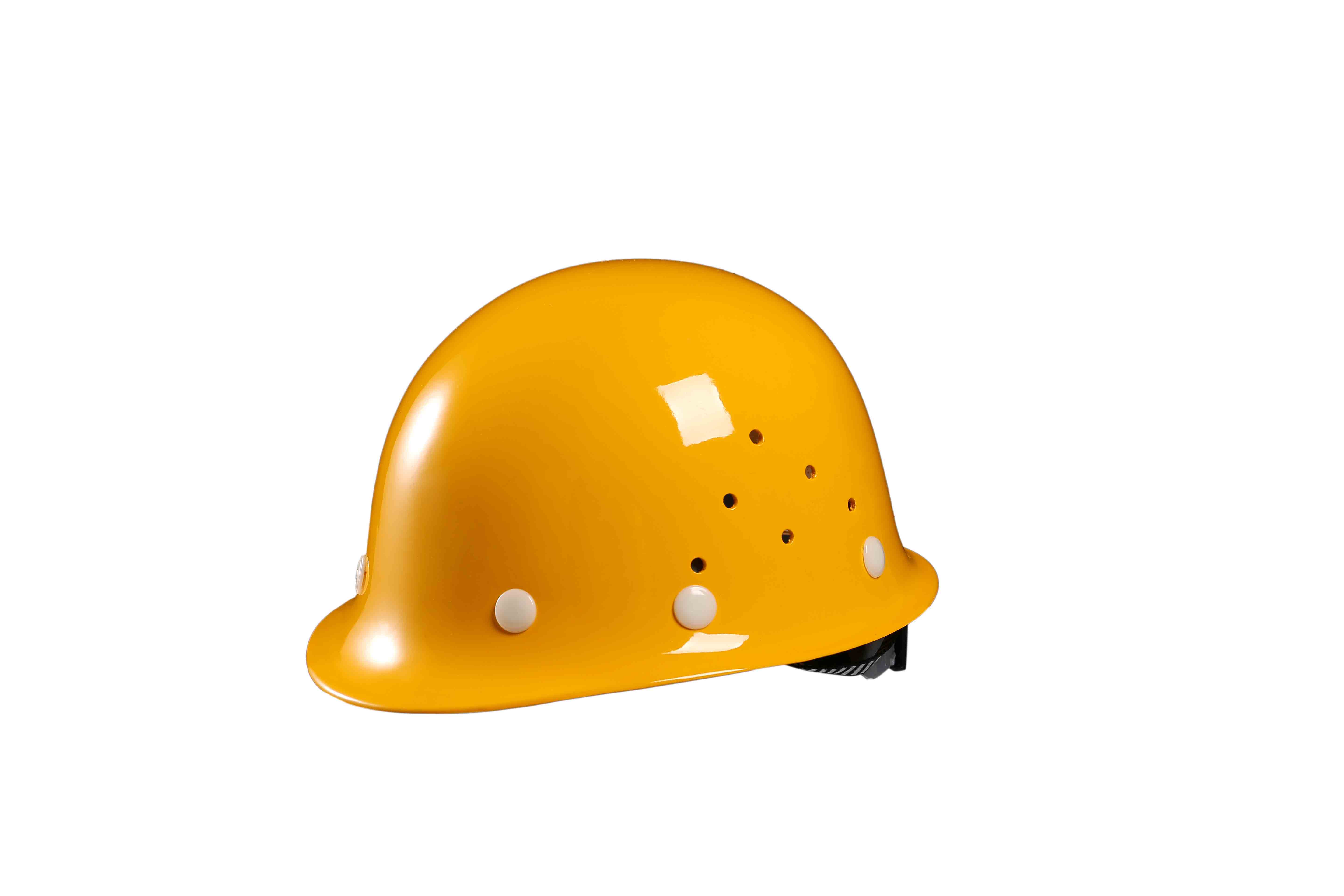
hard hat-OSHA Head Protection Guidelines
OSHA mandates that employers must enforce head protection for any workers who may experience any of the following: Objects falling from above their head. Contacting their head with fixed objects, such as exposed pipes or beams. Contacting their head with electrical hazards. Some of the occupations where mandatory head protection is common include, construction workers, carpenters, electricians, linemen, plumbers, pipe fitters, loggers, welders, and more.Read more -
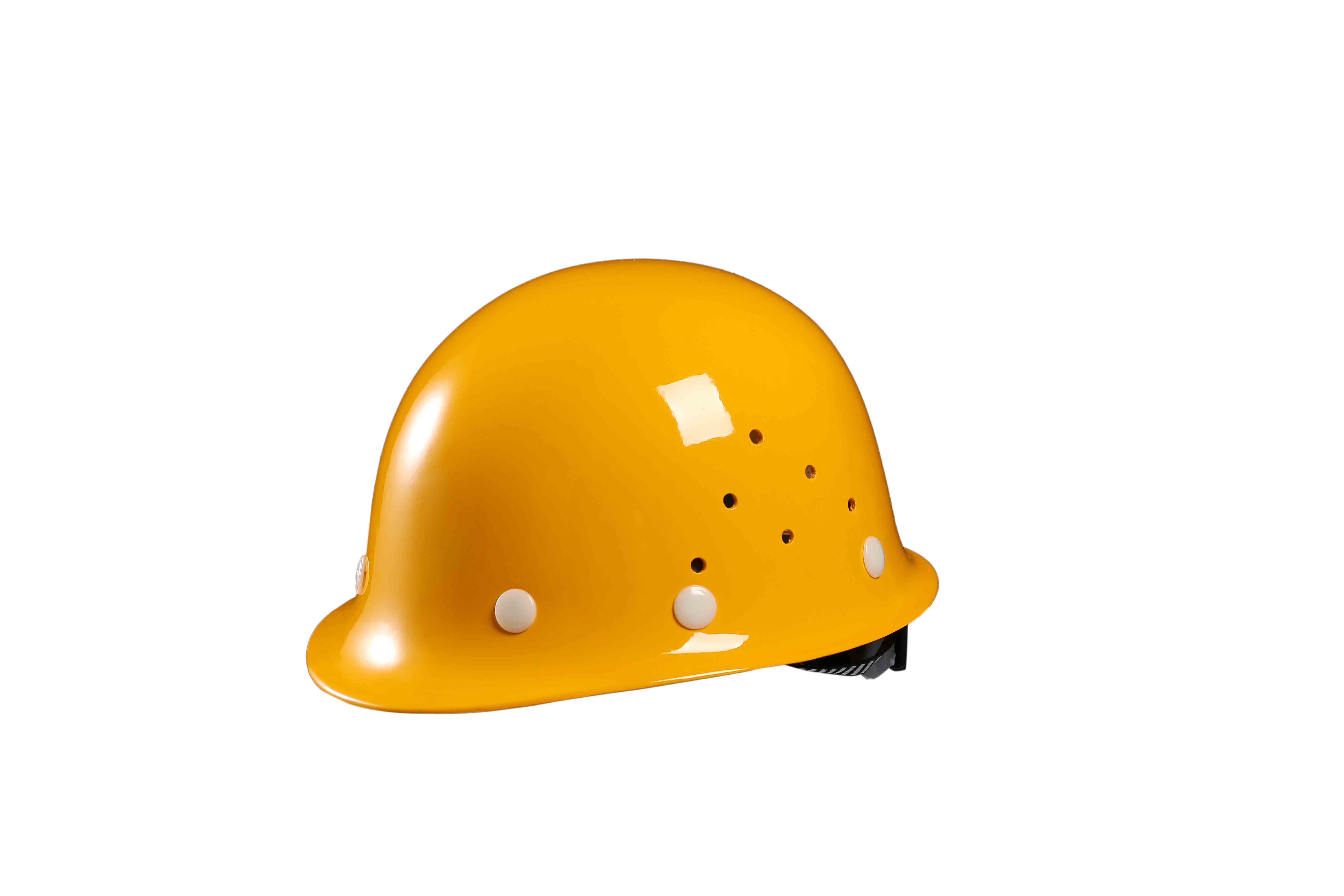
hard hat-Are Type 2 Safety Helmets Becoming the Standard on Job Sites?
Type II safety helmets are gaining popularity in construction sites and other industries where there is a higher risk of lateral impacts. As safety regulations become more stringent and employers focus more on worker safety, many construction sites are opting for Type II helmets to provide additional protection for their workers. In many cases, Type II helmets are now being required by safety regulations in specific industries or job sites. For example, the Occupational Safety and Health Administration (OSHA) in the United States requires Type II helmets to be worn in situations where workers are at risk of lateral impacts. In addition, many construction companies are choosing to use Type II helmets as part of their safety programs, even when they are not specifically required by regulations. This is because Type II helmets can help reduce the risk of head injuries and improve worker safety on the job. But the question remains, what are type 2 safety helmets? What is the difference between type 1 and type 2, and why is type 2 so popular? In the post, we attempt to address these questions so you can make the decision right for you.Read more -
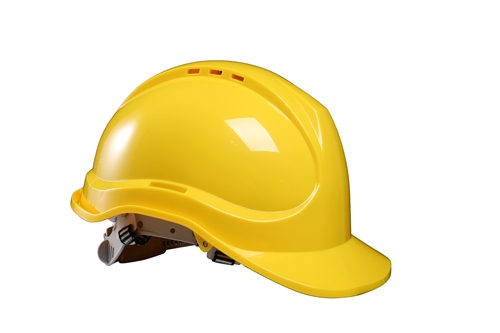
hard hat-A Quick Guide to ANSI Types and Classes of Hard Hats
In industries such as construction, manufacturing, and mining, hard hats are essential for protecting workers from falling objects and head injuries. The American National Standards Institute (ANSI) sets standards for the design, testing, and performance of personal protective equipment, including hard hats. Understanding the ANSI classification system is crucial for selecting the appropriate hard hat for your job. ANSI has classified hard hats into two types (Type I and Type II) and three classes (Class G, Class E, and Class C) based on their protective properties.This guide will provide a comprehensive overview of the ANSI types and classes of hard hats, as well as their respective color codes, how to choose the right hard hat for the job, and answers to frequently asked questions.Read more -
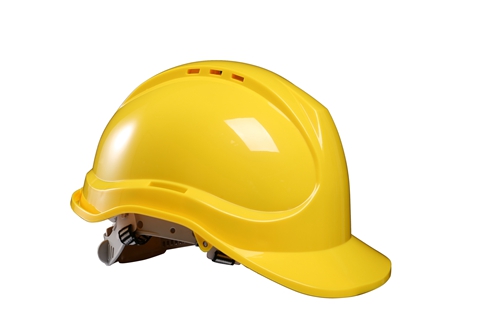
hard hat-What is the Difference Between Type 1 and Type 2 Hard Hats?
The American National Standard for Industrial Head Protection, ANSI Z89.1-2014, provides industrial hard hat performance and testing requirements, and establishes types and classes of protective helmets to provide employers with hard hat options that provide appropriate protection for hazards present in a given workplace.ANSI Z89.1-2014 was prepared by members of the International Safety Equipment Association’s (ISEA) Head Protection Group as a revision to the 2009 edition and approved by a consensus review panel comprised of technical experts, unions, construction industry and other user groups, test labs, and certification and government agencies.Read more -
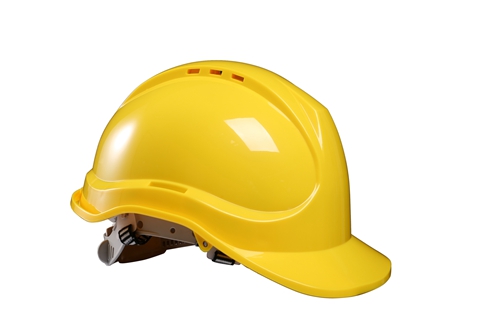
hard hat-Hard Hat Types and Class Standards
According to the Occupational Safety & Health Administration (OSHA), a hard hat must be worn “when working in areas where there is a potential for injury to the head from falling objects.” In addition, a hard hat must also be worn in working areas where there is the risk of exposure to electrical conductors that can potentially contact the head. In these types of environments, specially designed protective helmets are required in order to counteract the dangers of electrical shock hazards. Hard hats that are considered to be “OSHA approved” meet the minimum criteria established by the American National Standards (ANSI) and the International Safety Equipment Association (ISEA), in accordance with the most current ANSI/ISEA Z89.1-2014 (R2019) standard.If a hard hat is necessary the next step is selecting the most appropriate hard hat for your work environment. ANSI divided protective helmets into different types and classes. A hard hat type indicates the designated level of impact protection, while a hard hat class indicates the degree of electrical performance. The sections that follow explain the various types and classes of hard hats in further detail.Read more -
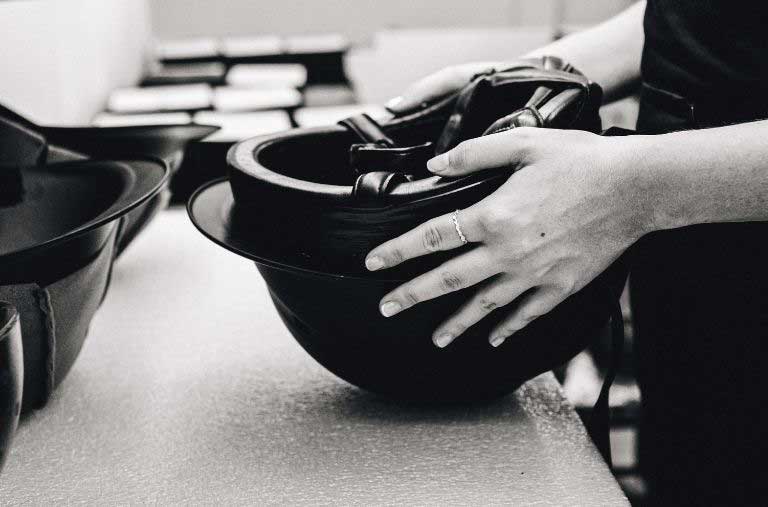
When should you replace a riding helmet?
When it leaves our factory, a riding helmet offers the maximum level of protection. Over time the materials naturally degrade, even if you simply left the helmet on a shelf and never used it. Protection is also reduced depending on how the helmet is used, cared for, stored and after any kind of impact.Read more -
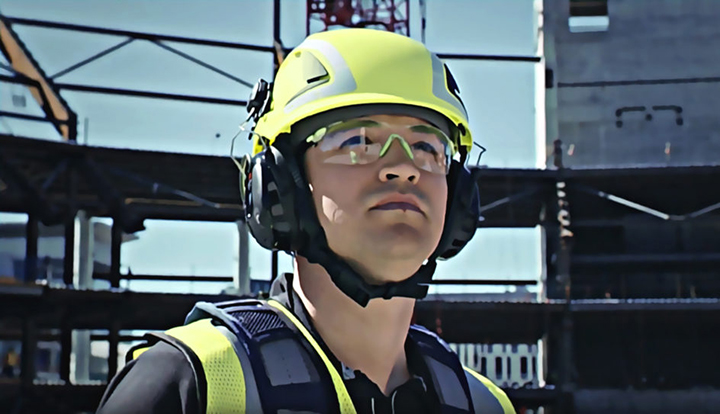
Safety Helmets vs Hard Hats
The image of a construction worker wearing a hard hat is iconic. Whether it’s high atop a skyscraper or down on the ground, everyone on every jobsite must wear a hard hat. Even visitors to a job are required to put one on while onsite. However, is that mainstay of construction—the hard hat—getting a bit of a makeover? More and more, hard hats are being upgraded to safety helmets. Will safety helmets eventually take over as the head protection of choice or will hard hats and safety helmets coexist on the job?Read more -
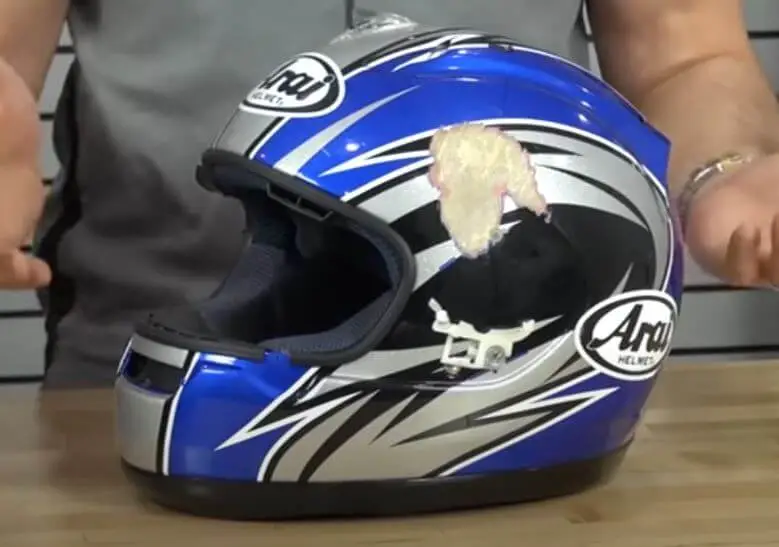
Do Motorcycle Helmets Expire If Not Used? 7 Interesting Points That Answer This Question
Do motorcycle helmets expire if not used? No, motorcycle helmets do not expire if they are not used. There are many recommendations as to when to replace a motorcycle helmet and all are arbitrary and based on making conservative safety recommendations or from the marketing departments of companies selling or manufacturing helmets.Read more -
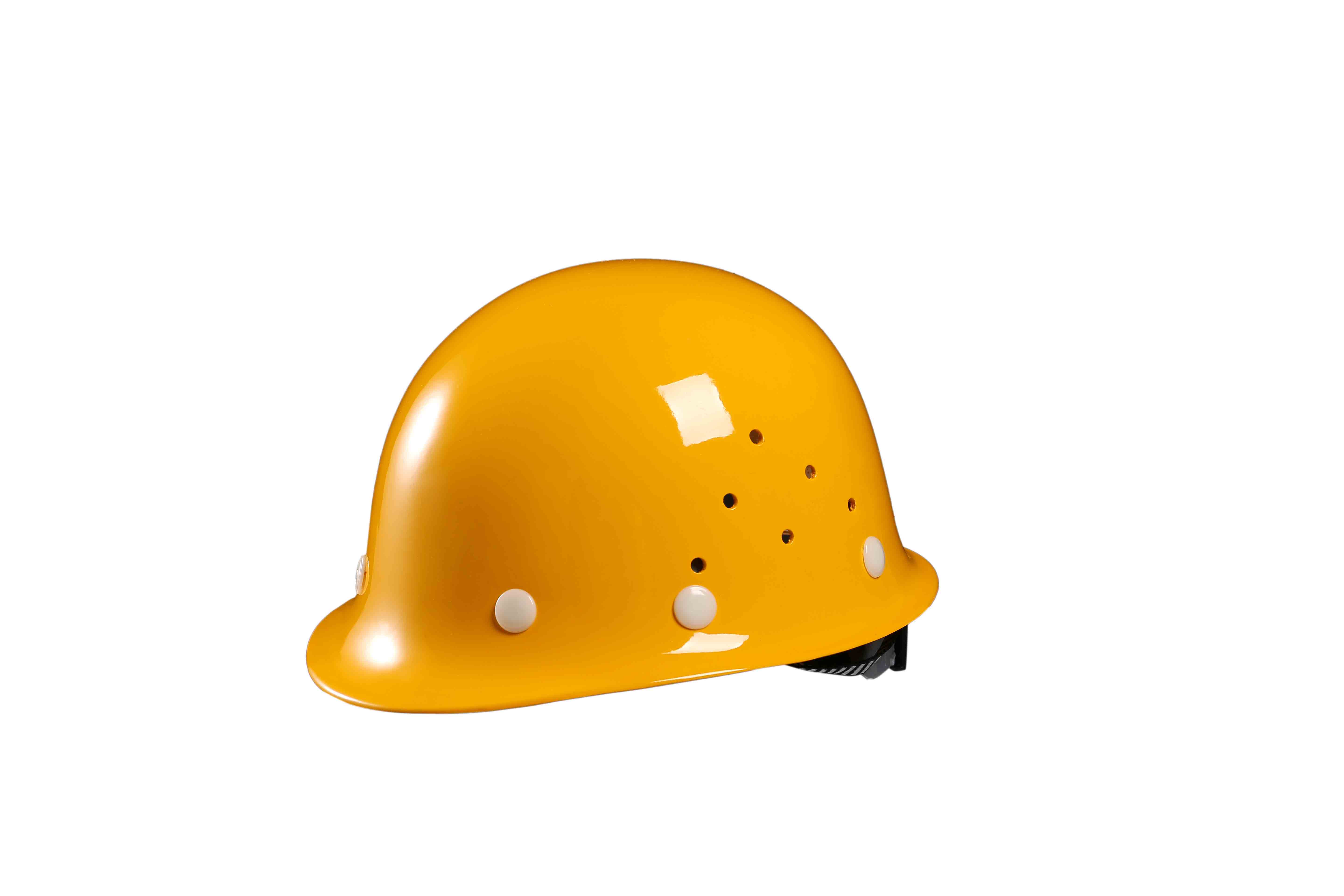
CHECKING YOUR HARD HAT EXPIRY DATE
We all know that hard-hats are an integral part of a worksite and making sure they are in the best condition is paramount to their objective, but did you know they have expiry dates?Read more
Email :
person0317@163.com
